Walking on a leash isn’t something that comes naturally to most dogs (or humans.) But most of the time, you can’t trust your four-legged friend to freely walk by your side every time you step outdoors.
Leash Training Your Dog: At A Glance
- Find a designated area to teach your dog
- Get all the necessary equipment
- Teach your dog a marker
- Focus on a positive reinforcement
- Teach your dog to come when called
- Gradually reduce the treats and increase the distractions
If your furry friend is particularly curious, it’s likely that every sound or sight is enough to get them yanking on their leash. But regular walks and exercise are essential for your pup’s health and happiness.
So it’s time to teach them how to properly walk on a leash. Keep reading, and we’ll tell you how!
Leash Training Your Pup In 6 Easy Steps
It’s likely that your dog is in a constant state of leash-pulling every time your harness up. But instead of letting them run loose, it’s necessary to teach them how to calmly and obediently walk by your side. It keeps them and other dogs safe and makes regular strolls just that much more enjoyable.
#1. Find A Designated Area To Teach Your Dog
It’s a good idea to start training your pup in an area that doesn’t have too many distractions. Try walking around your yard or through the neighborhood before moving onto the city center.
#2. Get All The Necessary Equipment
It should go without saying, but you’ll need a leash if you want to leash-train your canine pal. Make sure it matches your pup’s build – if you have a rather large and muscular pooch, you’ll probably need a thick, strong leash. For small dogs like dachshunds and Pomeranians, opt for a thin leash that won’t be challenging for them to lug around.
Your chosen leash should also be in tip-top condition, free of excessive wear and tear. You don’t want your dog lunging just to have the leash snap!
#3. Teach Your Dog A Marker
Now, it gets a bit more complicated. Or as complicated as walking your dog can be.
You’ll need to teach your dog a marker, which is a hand signal or sound that will tell your pup when they do something right. A clicker can work as a good marker, or you can just keep saying “Good boy!” over and over and over. And after they do something right, they need a reinforcer, like a treat or a suitable snack.
#4. Focus On A Positive Reinforcement
Reinforcement is the key to training your puppy to walk on a leash. This helps your furry friend truly enjoy their time walking with you. (That’s also why it’s so important to invest in a comfortable collar, leash, and harness.)
Here’s the important part: every time your puppy does something good, reinforce that good behavior. And a tasty treat is a great way to do that!
After all, you can’t expect your dog to work for free. It’s highly unlikely you’d keep showing up to your 9-to-5 if you didn’t get a steady paycheck. And the same goes for your dog. It’s hard work to walk on a leash!
Reward-Based Training Is Essential For Loose-Leash Walking
This is what’s known as reward-based training. It improves the relationship you have with your dog and makes each walk an enjoyable experience. Don’t forget to give your pup plenty of treats or praise to reinforce good behavior!
Also, be sure to maintain eye contact with every “good boy” while using a cheerful tone.
A Clean Place To Stroll Will Make Your Daily Walks That Much More Enjoyable
To successfully train your furry friend, your outdoor strolls should be a positive experience for all parties involved. And it’s hard to have fun walking your dog if you’re constantly sidestepping piles of feces.
The best way to keep all six of your paws clean and crisp is by hiring a team of pooper scooper experts. Here at Scoop Masters, we make sanitation and poo-free lawns a priority. Whether you’re a big-time property manager or a humble homeowner, you can trust us to remove any puppy poo that may be standing in the way!
#5. Teach Your Dog To Come When Called
An important aspect of loose-leash is your dog knowing to come to you when called. This is known as recall.
Practice walking in your backyard first. With your dog on a long leash, call their name and then run/walk forward a few steps. And whenever your puppy comes to you, be sure to use the proper command and reward them with a treat!
If your dog continues to pull forward, stop walking and stand still without giving any cues. He’ll likely get confused and turn back to see why you’ve stopped. As soon as the leash gets some slack, give him a “Good boy!” Let him return to your side before giving him a small treat.
#6. Gradually Reduce The Treats And Increase Distractions
Positivity and countless treats = leash-trained doggies. But you can’t rely on these forever. Your furry friend needs to know how to walk nicely on a leash without chomping down a snack every five steps.
Over time, slowly reduce the amount of times you toss your pal a treat. Instead, every time your dog pulls ahead, simply rely on commands like “come” or “heel” to reel him in
Eventually, you won’t need to lug around a bag of spare Milk Bones on your dog walks anymore. And when that time comes, your dog should have learned the important skill of loose-leash walking!
Final Thoughts
Though dog training requires a great deal of patience, it can be incredibly rewarding for both you and your canine companion. And that’s what being a pet parent is all about!
Keep Reading: How Often Should A Dog Poop?
—
Scoop Masters offers professional dog waste removal services in California, Texas, Florida, and Tennessee. Since 1988, we’ve saved dog owners across the country from the overly unpleasant task of picking up after their pets. Each poopy project we complete gives them the freedom, convenience, and sanitation they deserve! Contact us for a free quote, or simply stock up on enough dog poop bags to keep your pet’s number twos at bay. To stay in the loop, follow up on Facebook and Twitter/X. If your dog can poop it, we can scoop it!

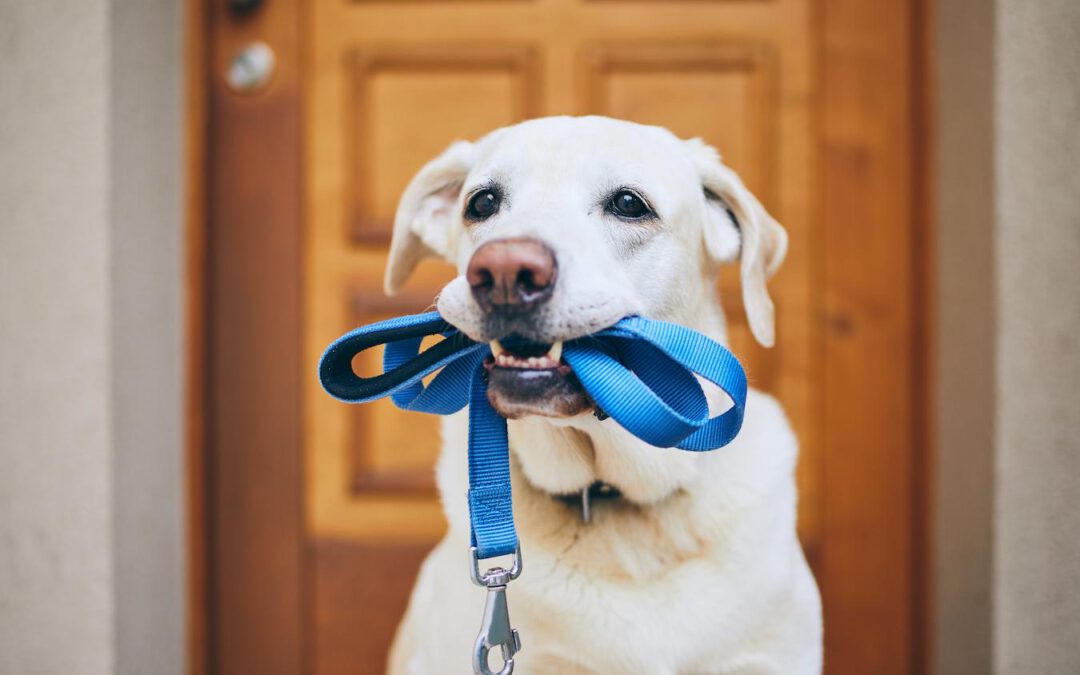
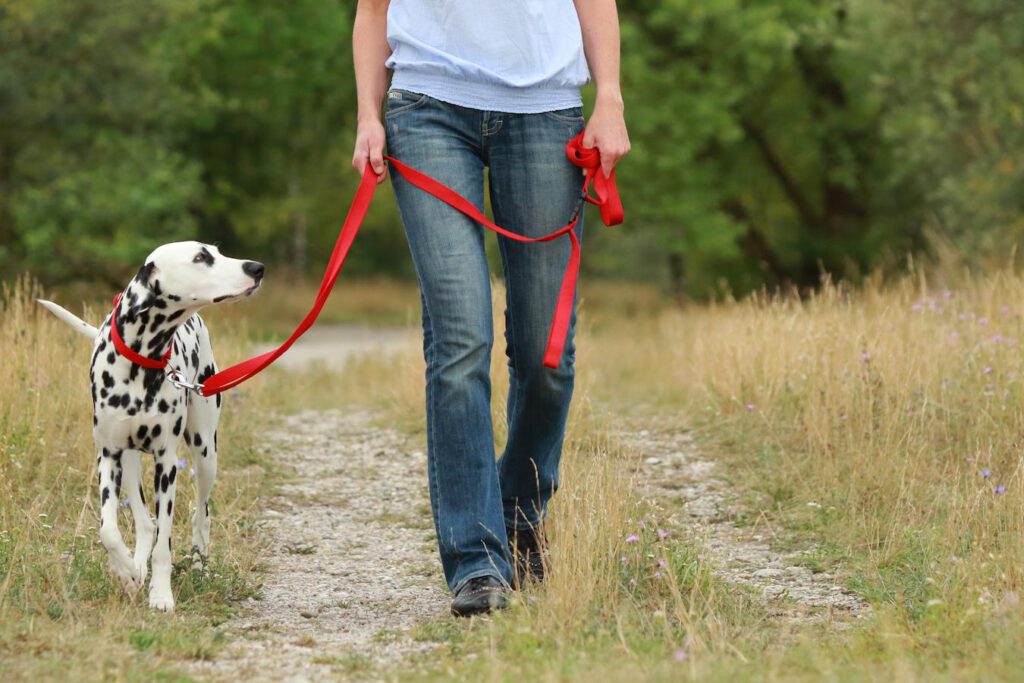
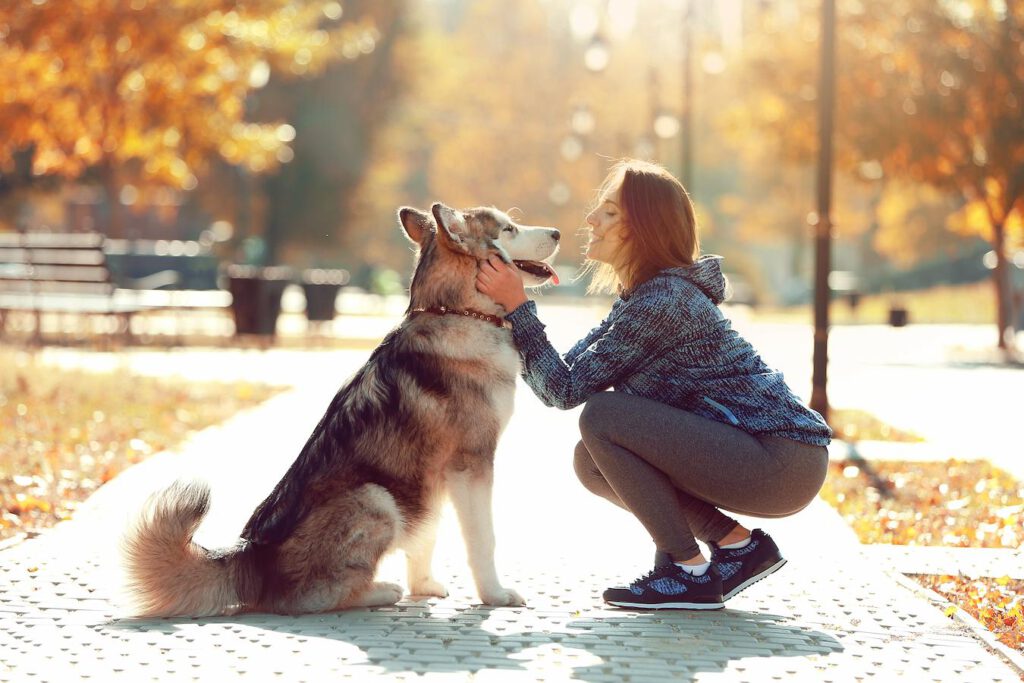
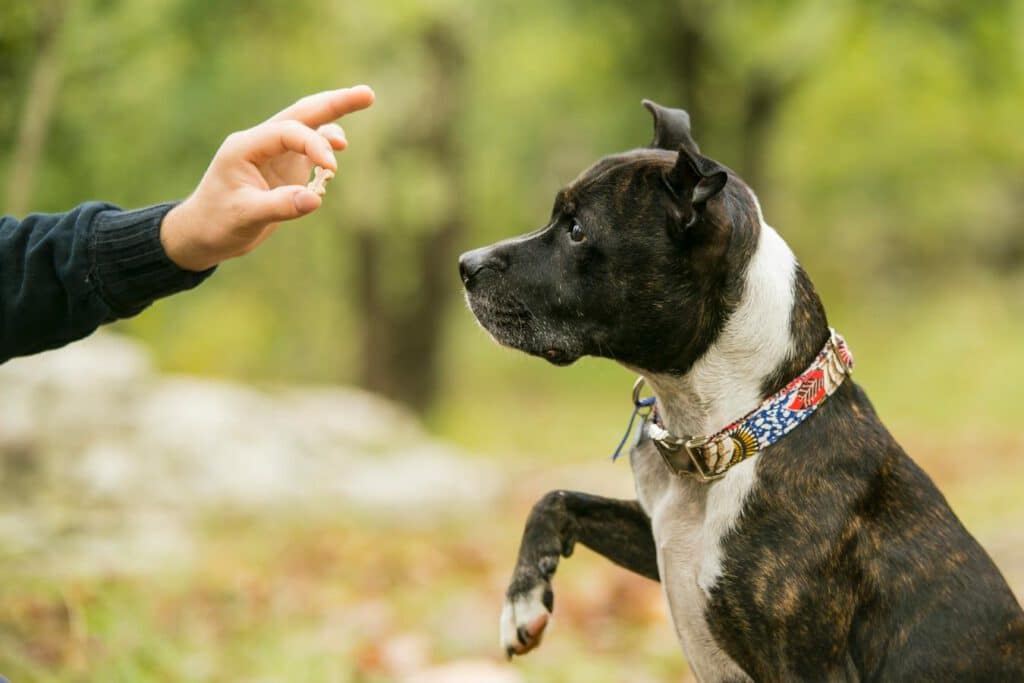
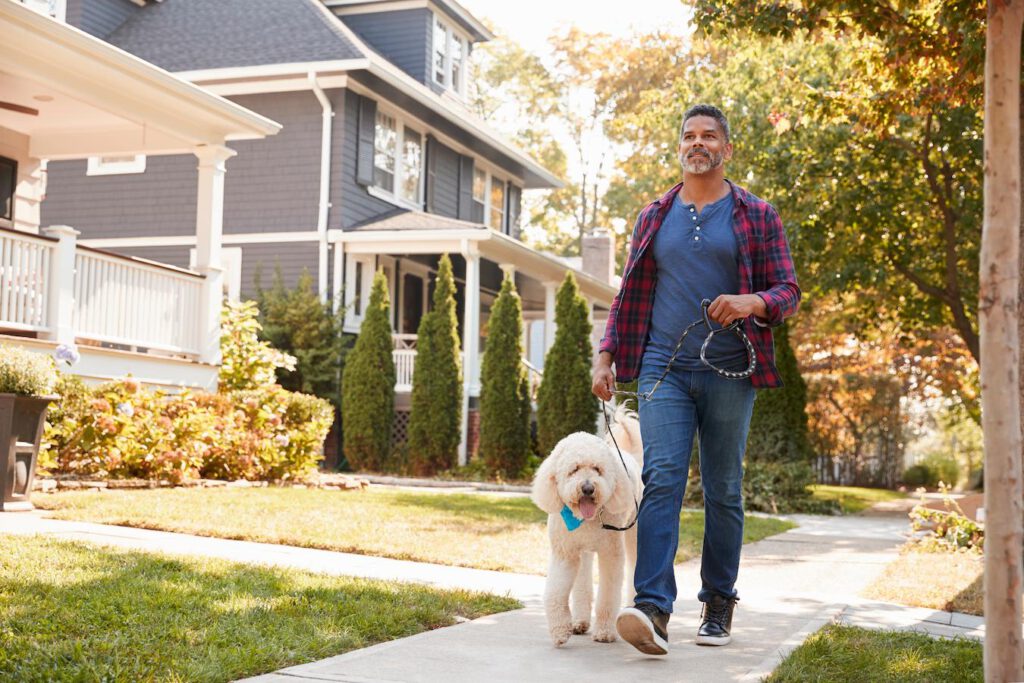
Trackbacks/Pingbacks